คืนค่าการตั้งค่าทั้งหมด
คุณแน่ใจว่าต้องการคืนค่าการตั้งค่าทั้งหมด ?
ลำดับตอนที่ #124 : Taking pictures on a good day
The role of photography has changed in recent years and, given the amount published daily to the web, you might begin to think you'd seen everything worth looking at - especially images from the past.
However, it seems that is not so as new collections of pictures continue to emerge.
Two such bodies of work stood out for me recently. Both comprise portraits of people on the street from a similar time, the late 1970s and early 80s, which are now far enough away to seem like ancient history to the generation now picking up cameras for the first time.
Christine Osinski's series, Summer Days Staten Island, was taken when she moved with her husband to what is known as New York's "forgotten borough" in 1982 after years of living in Manhattan. The move was enforced to some extent by rising rent prices and this led them to purchase an older property on the island.
Wanting to get to know the area and her new neighbours, she began exploring with her camera, later saying: "It was an adventure first and became a project much, much later."
The portraits are direct, the clothes unmistakably of the time and even the poses seem naive, taken in the pre-selfie, self-worship era of today. They remind us what a talented photographer can do with a simple dark box, a lens and some film.
At around the same time on this side of "the pond", another American photographer, Al Vandenberg, was chronicling life on the streets of London.
Perhaps best known for his art direction of The Beatles' Sgt Peppers Lonely Hearts Club Band album cover, Vandenberg had studied with some of the biggest names in the business, like Bruce Davidson, Alexey Brodovitch and Richard Avedon, before moving to London, living off the King's Road, in 1965.
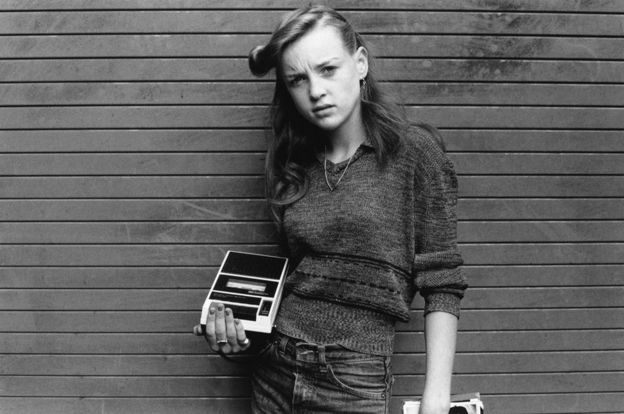 ON A GOOD DAY BY AL VANDENBERG
ON A GOOD DAY BY AL VANDENBERGThere he built a successful career before giving it up to head back to New York, from where he hitchhiked through parts of the US and Canada, before returning to the UK in 1974.
It was at this time he began taking portraits of Londoners, the results as compelling at Osinki's. The faces stare back at the lens with an assurance that can only be found in the young.
Vandenberg walked the streets of London to make these pictures, freed from commercial ties and having to produce work on demand.
He wrote that once he stopped using his photographs for advertising consumer goods he had "no visible means of support".
"A lot of people believed in my art and gave me several helping hands and a great deal of support. It seemed that when I stopped making money I gained many friends," he added.
He was in a good place and that comes through in the open nature of the work.
This is perhaps best summed up by Martin Barnes, senior curator of photographs at the Victoria and Albert Museum, who writes in a book of the work published by Stanley / Barker: "Vandenberg had an unconscious knack of being alert to the nostalgia of the future."
Technically the two approaches were very different, with Osinski using a large format 5x4 camera and Vandenberg an Olympus OM1 - the entire project shot with one lens and Kodak Tri-X film with it all printed on Agfa paper.
These are photographs to enjoy and to inspire - here is a small selection.
Summer Days Staten Island by Christine Osinski
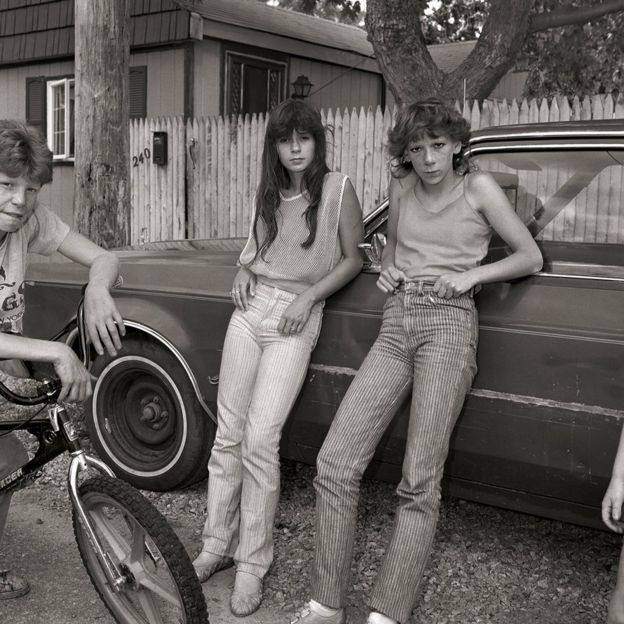 SUMMER DAYS STATEN ISLAND BY CHRISTINE OSINSKI
SUMMER DAYS STATEN ISLAND BY CHRISTINE OSINSKI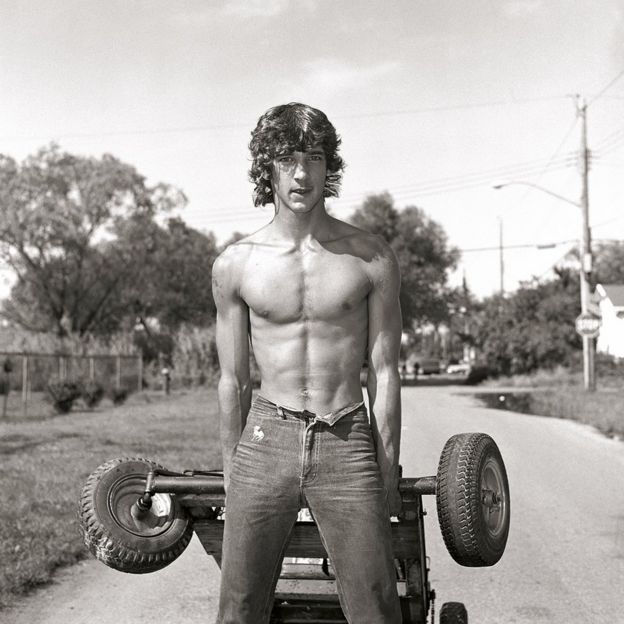 SUMMER DAYS STATEN ISLAND BY CHRISTINE OSINSKI
SUMMER DAYS STATEN ISLAND BY CHRISTINE OSINSKI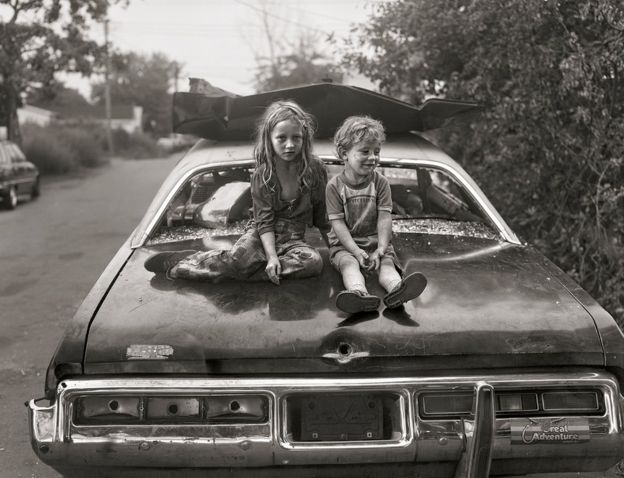 SUMMER DAYS STATEN ISLAND BY CHRISTINE OSINSKI
SUMMER DAYS STATEN ISLAND BY CHRISTINE OSINSKI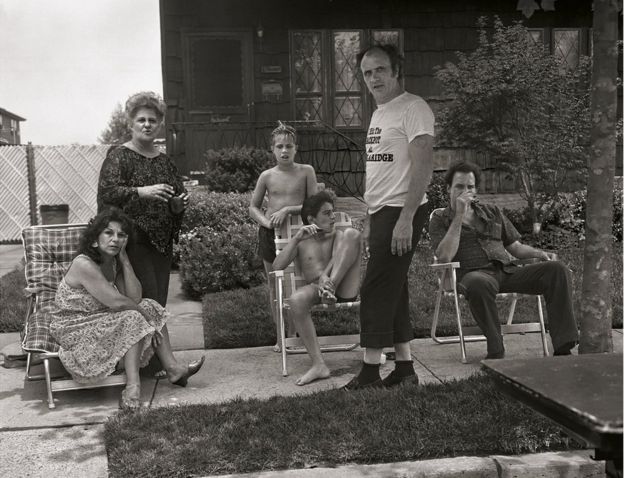 SUMMER DAYS STATEN ISLAND BY CHRISTINE OSINSKI
SUMMER DAYS STATEN ISLAND BY CHRISTINE OSINSKI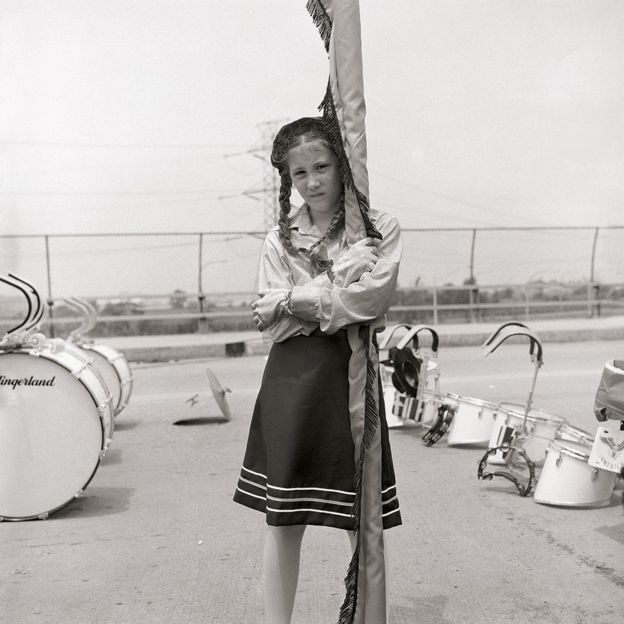 SUMMER DAYS STATEN ISLAND BY CHRISTINE OSINSKI
SUMMER DAYS STATEN ISLAND BY CHRISTINE OSINSKI SUMMER DAYS STATEN ISLAND BY CHRISTINE OSINSKI
SUMMER DAYS STATEN ISLAND BY CHRISTINE OSINSKIOn A Good Day by Al Vandenberg
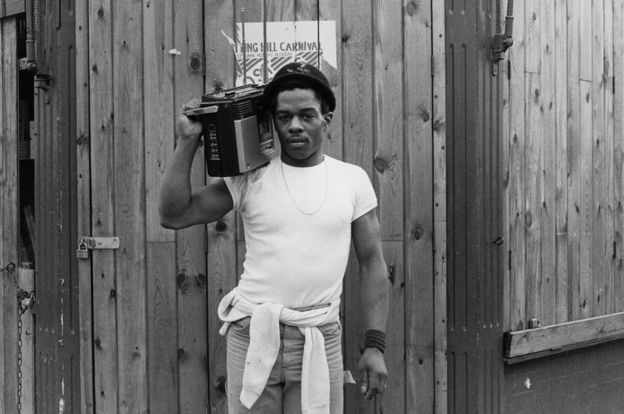 ON A GOOD DAY BY AL VANDENBERG
ON A GOOD DAY BY AL VANDENBERG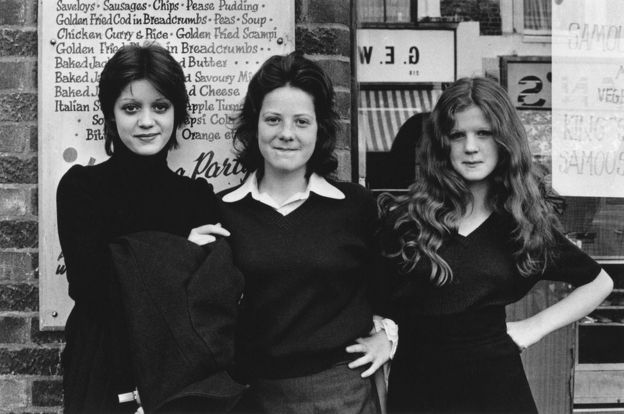 ON A GOOD DAY BY AL VANDENBERG
ON A GOOD DAY BY AL VANDENBERG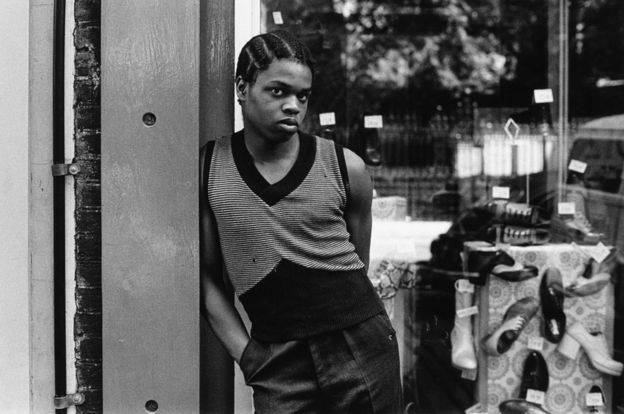 ON A GOOD DAY BY AL VANDENBERG
ON A GOOD DAY BY AL VANDENBERG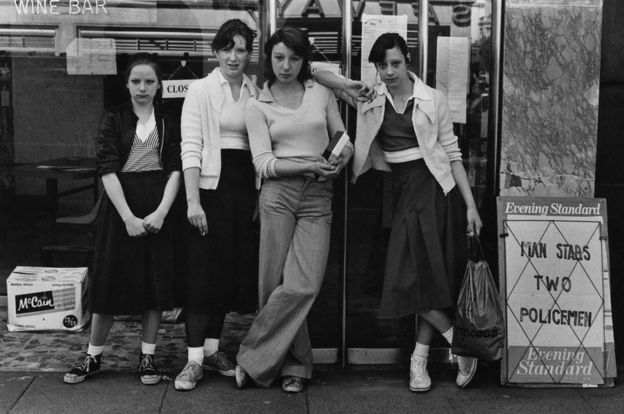 ON A GOOD DAY BY AL VANDENBERG
ON A GOOD DAY BY AL VANDENBERG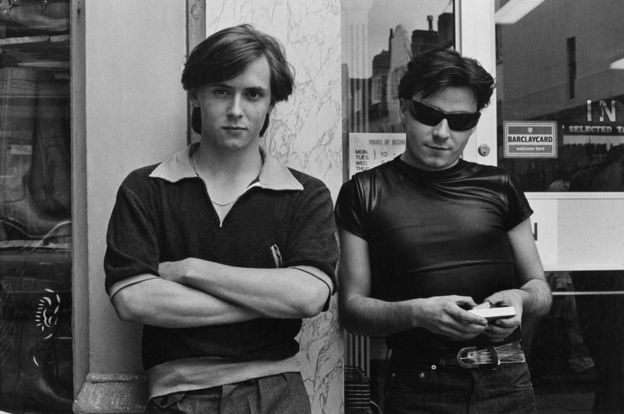 ON A GOOD DAY BY AL VANDENBERG
ON A GOOD DAY BY AL VANDENBERG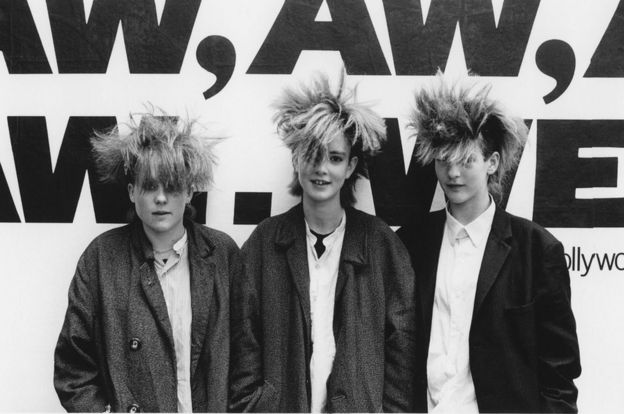 ON A GOOD DAY BY AL VANDENBERG
ON A GOOD DAY BY AL VANDENBERGcomprise (v.)
1 to have as parts or members, or to be those parts ormembers:
borough (n.)
a town, or a division of a large town
enforced (v.)
to make people obey a law, or to make a particularsituation happen or be accepted:
naïve (adj.)
too willing to believe that someone is telling the truth, that people's intentions in general are good, or that lifeis simple and fair. People are often naive because they areyoung and/or have not had much experience of life:
chronicle
(n.)
a written record of historical events:the Anglo-Saxon
part of
the name of a newspaper:
hitchhike
(v,)
to travel by getting free rides in someone else's vehicle:
compelling (adj.)
› If a reason, argument, etc. is compelling, it makes youbelieve it or accept it because it is so strong:
very exciting and interesting and making you want towatch or listen:
curator (n.)
› a person in charge of a museum, library, etc.
knack (n.)
a skill or an ability to do something easily and well:
nostalgia (n.)
a feeling of pleasure and also slight sadness when youthink about things that happened in the past:


ความคิดเห็น